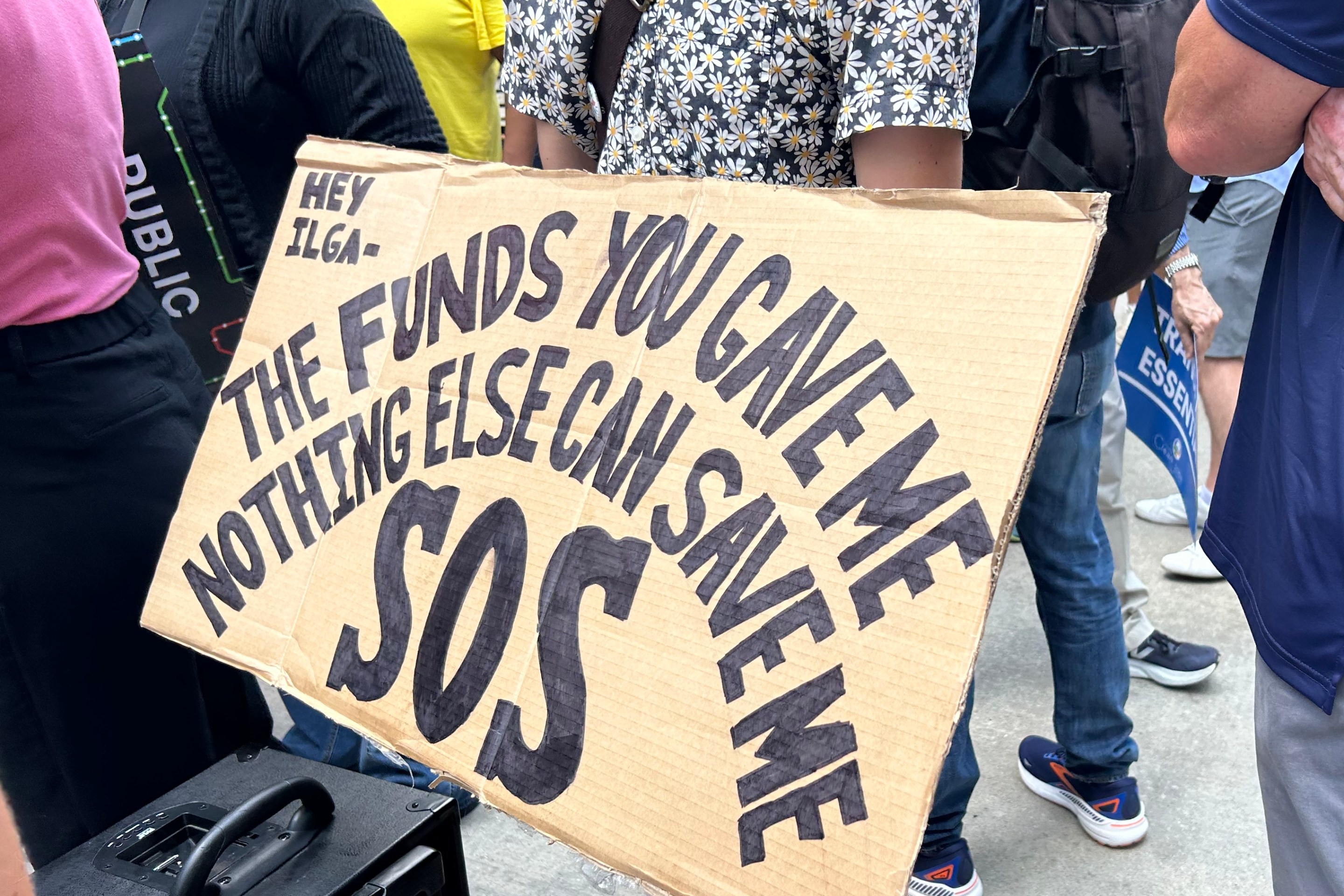
Here’s some info about transit inequality that I had to leave out of this week’s Chicago Reader column about transportation issues that impact local Latino communities, due to space limitations.
Alma Zamudio, who earned a BA in urban planning and public administration at UIC, has worked with various Latino housing, labor, and social justice organizations, including a campaign by the Little Village Environmental Justice Organization and other groups to improve bus service in Little Village. During college she compared transit access in the Lincoln Park and South Lawndale community areas (the latter largely comprises Little Village) for a presentation at an Illinois African American and Latino Higher Education Alliance conference.
According to 2010 Census data, Lincoln Park had about 71,382 residents with a median household income of $82,707, while South Lawndale had a population of 81,426 with a median income of $32,320. Zamudio found that while, at the time of her research, 22 intersected Lincoln Park, only seven served South Lawndale. Lincoln Park had four transit routes with late-night “owl service,” but South Lawndale only had one, the #60 Blue Island/26th bus. And while there are three ‘L’ lines and five stops in Lincoln Park, there’s only one train line and two stations in South Lawndale. Buses and trains also ran more frequently in Lincoln Park.
Meanwhile South Lawndale had a somewhat lower household car ownership rate than Lincoln Park, 84 percent versus 86 percent. When you factor in the fact that South Lawndale had over 10,000 more residents, that came out to a significantly higher number of car-less households. Moreover, South Lawndale had the highest percentage of residents under 18 of any Chicago community area.
That meant that while the South Side neighborhood had a higher demand for transit access, it received less service, Zamudio said. “The study proved what I already knew on the ground,” Zamudio told me. “It’s not equitable.”
![]()
Did you appreciate this post? Consider making a donation through our PublicGood site.




